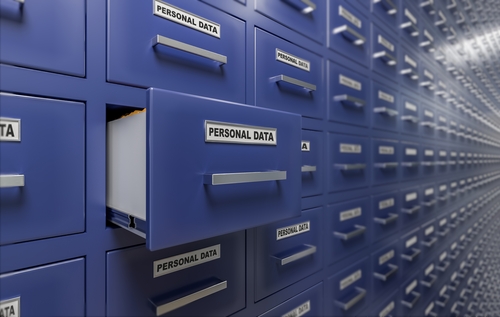Throughout the U.S. (and worldwide), people are retreating into their homes, practicing social distancing, and receiving commands from governmental authorities to shelter in place.
But what if you could see a map of what this looks like? And, more importantly, which states are doing the best and worst job?
Big data has the answer for that. It reveals how the world moves and when it stops.
Mobile phones reveal movements during coronavirus pandemic
Particularly during a time like this, your phone is a vital resource for social connection: scrolling through news updates, communicating via social media, or talking to loved ones through a video chat are important ways to stay tuned-in during this crisis.
And your phone is also useful in determining if you and your neighbors are truly cutting down on trips to the office or job-site.
The coronavirus Social Distancing Scoreboard
Unicast, which is based in Norway and New York City, has launched what it calls the "Social Distancing Scoreboard."
It tracks mobile phones to analyze movement patterns during this pandemic. The scoreboard compares travel within a state before and after the coronavirus crisis hit big chunks of the United States.
Using the distance traveled by each device, Unicast has a list of the states with the best (and worst) "social distancing" scores.
The site is constantly updating, so these are the 10 particular states on the top and bottom of the board as I write this.
States where people have made the most dramatic decrease in traveling vs. pre-coronavirus trips have the highest "social distancing" scores. These are the top five states, which all received an "A" grade:
- District of Columbia (60% decrease in travel)
- Alaska (52% decrease)
- Nevada (52% decrease)
- New Jersey (50% decrease)
- Rhode Island (50% decrease)
And these are the bottom five out of 50 states, with grades of "C" to "F":
46. Oregon (25% decrease in travel)
47. New Mexico (24% decrease)
48. Idaho (19% decrease)
49. Montana (14% decrease)
50. Wyoming (0% decrease)
Big data like this is making it easier to do something impossible with previous outbreaks: develop more concrete answers about spread and solutions to hopefully mitigate it.
What about New York?
If there's one state struggling the most with COVID-19 right now, it's New York.
Particularly in New York City, coronavirus cases are higher than anywhere in the U.S., and they're only increasing with time.
But for what it's worth, New Yorkers have taken major steps to socially distance and stay closer to home. According to Unicast, the state has decreased travel by 48%.
Interested in how your state measures up? Check out the COVID-19 Social Distancing Scoreboard.
And yes, you can also get granular and track your county's response to the coronavirus pandemic.
Big data is helping us see every angle of this pandemic like none before.
[RELATED: AWS, IBM, Microsoft, Google, NASA offering COVID-19 Researchers Free Supercomputing Power]
[New Resource: SecureWorld Remote Sessions, daily cybersecurity briefings]





